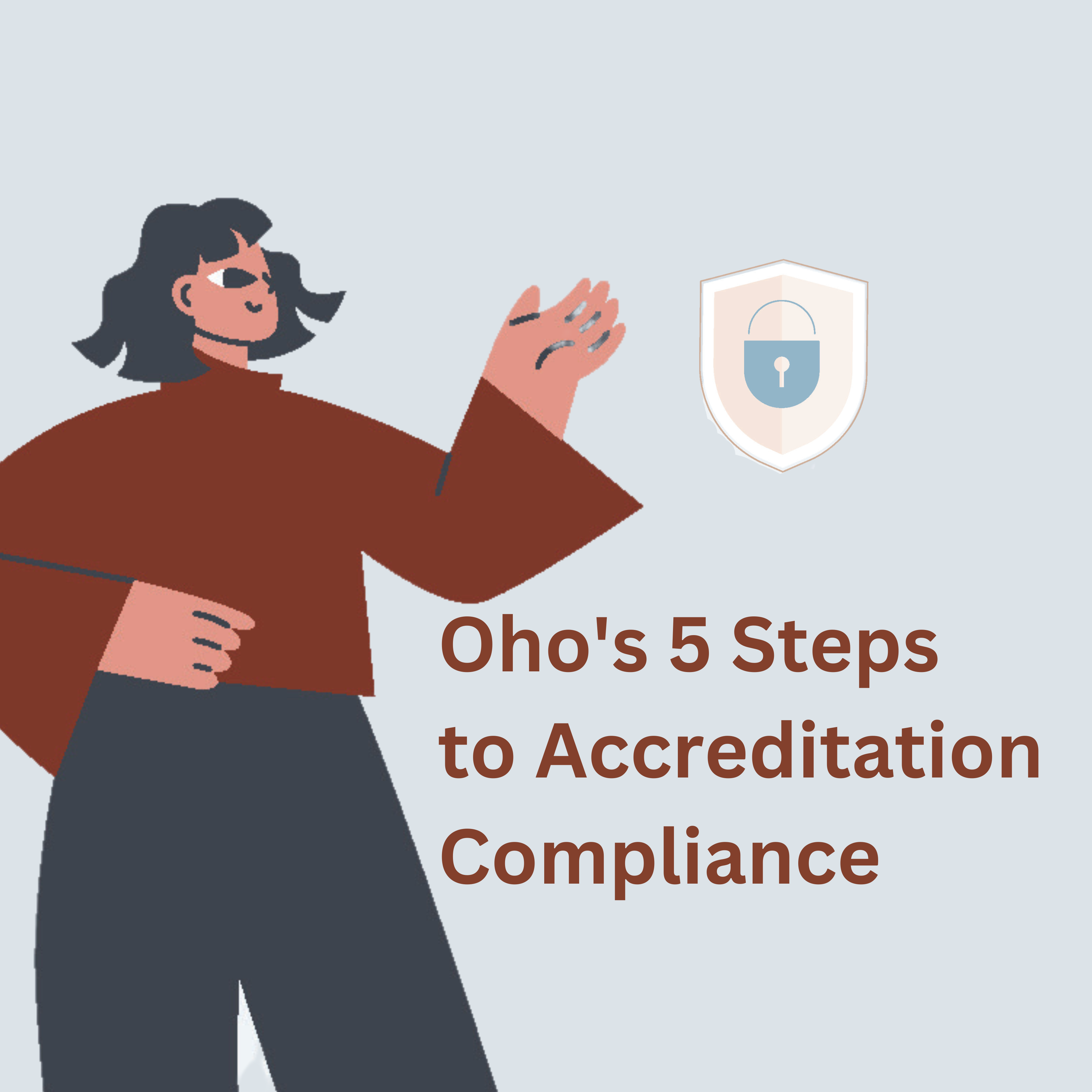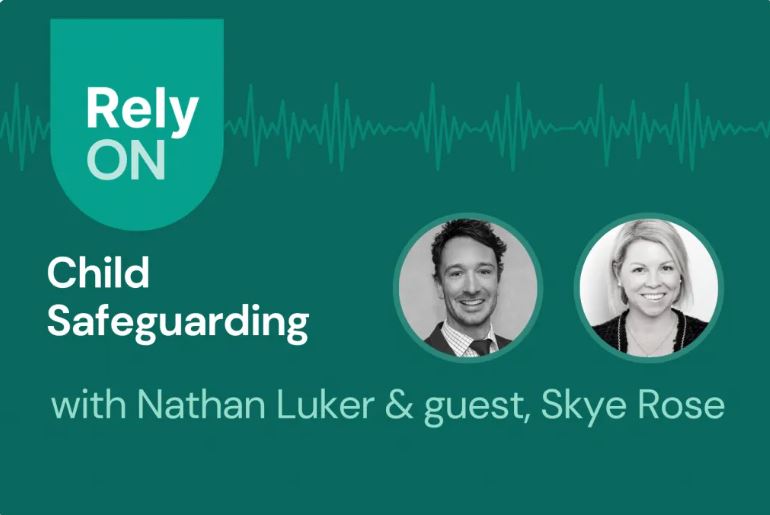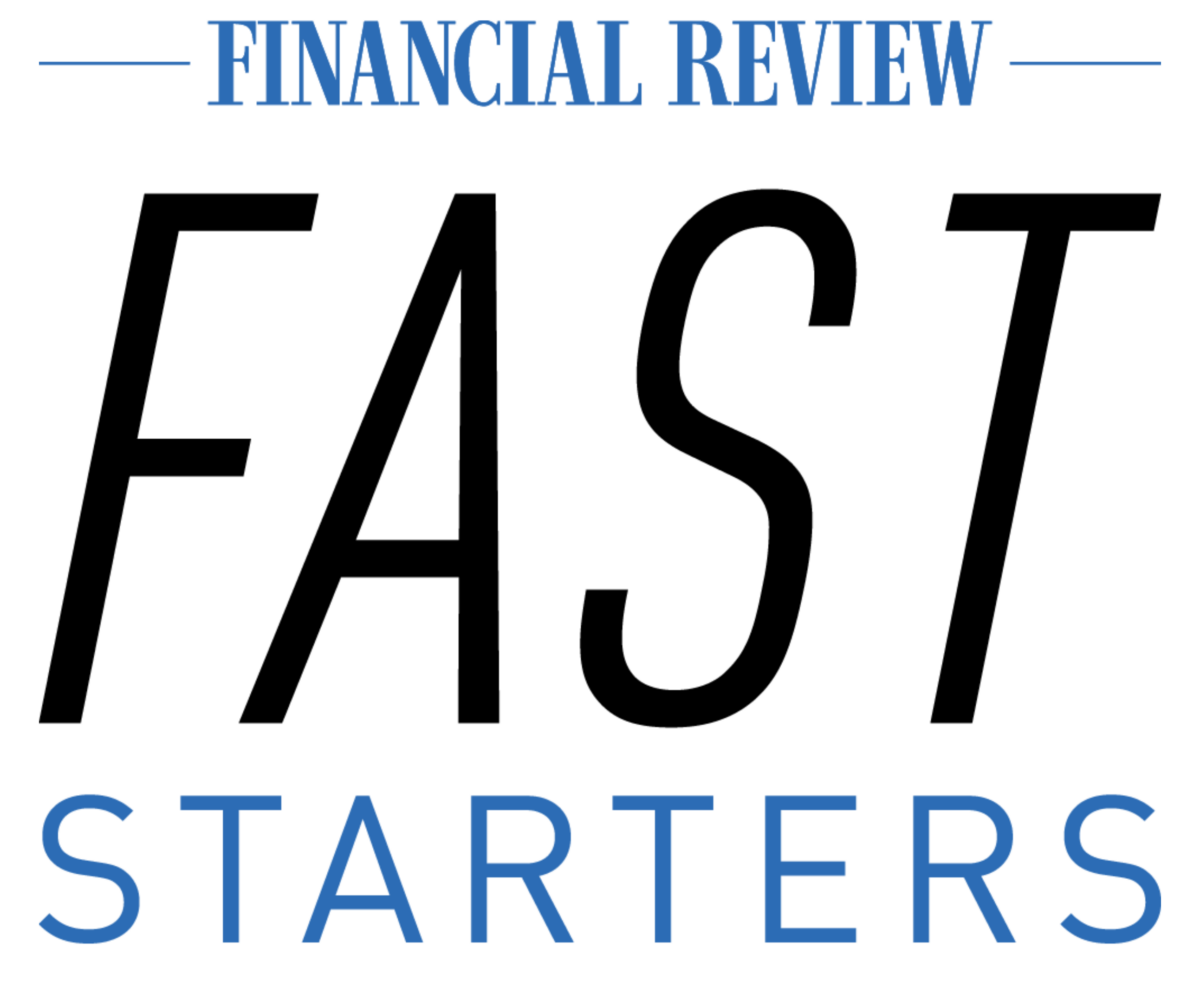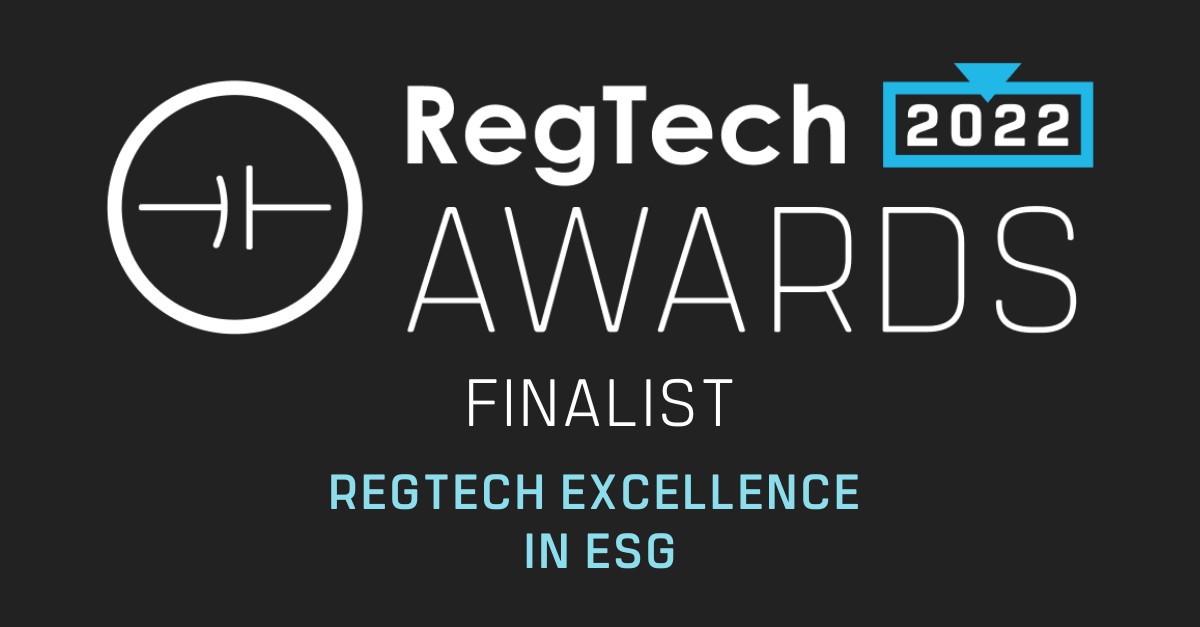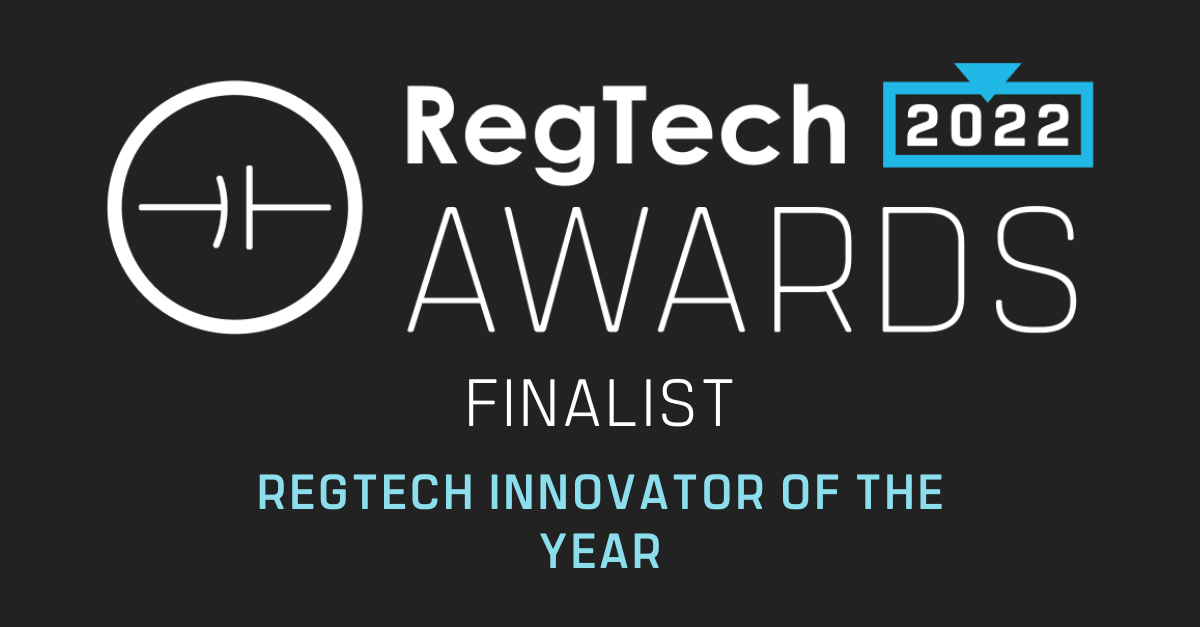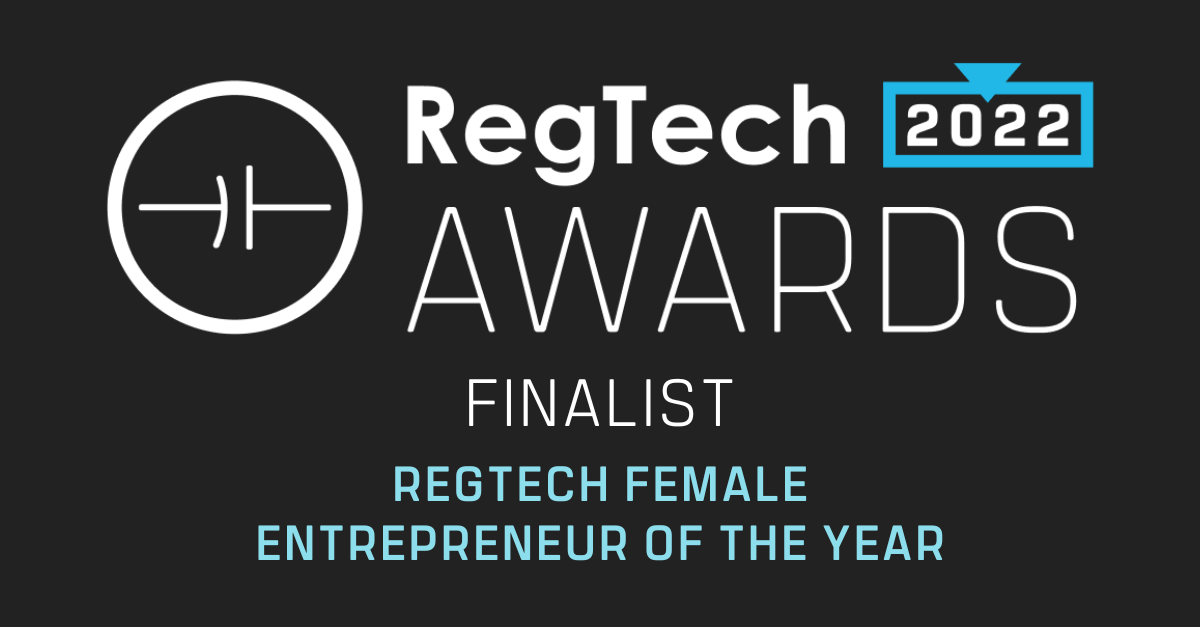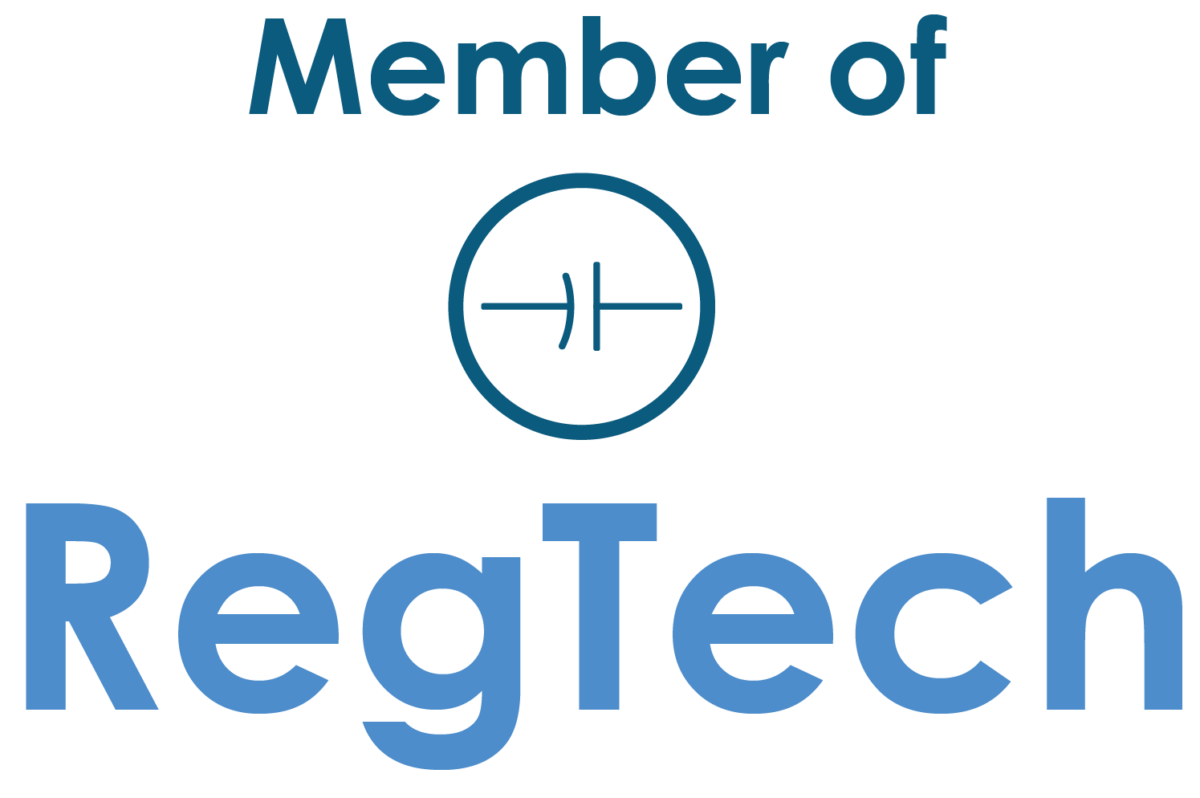Oho uses the information you provide us with to contact you about relevant content, products and services. You may unsubscribe at any time. For more information, see our Privacy policy.
Is your organisation meeting its Working With Children Check obligations? Try our checklist.

All Australian organisations have a legal responsibility to ensure the safety of people in their care.
By keeping a constant watch on employee or volunteer accreditation status, Oho is playing a key role in strengthening the protection of children and vulnerable people in Australian communities.
Our platform was founded on the knowledge that there are stringent requirements on companies and workers who are responsible for the welfare of vulnerable people.
Many organisations are not aware of the scope of obligations enshrined in Australian law and regulated by state and federal government agencies.
To help you assess your organisation’s compliance, we’ve compiled a handy checklist of questions.
1. Do you have accurate records for all accreditations?
This serves as a confidence check, ensuring all workers and volunteers for whom you are responsible have the required set of accreditations for the geographic regions in which they work, and the responsibilities of their roles.
You need to know the date of accreditation to ensure the worker is prompted to re-register before their accreditation lapses.
2. Have you verified those accreditations?
It is the employer’s responsibility to verify worker or volunteer registration. You need to check the registry lists of all relevant agencies to ensure accreditation is current. And, you need to keep a record on file to demonstrate that you are monitoring accreditation over time.
3. Is verification ongoing or just annual (or even less frequent)?
With the burden of proof now shifted to organisations, there is no middle ground between being certain of compliance and not. Employers need to be continuously aware of the accreditation status of all employees.
For most organisations, the window of risk is at best 12 months but could be up to three years. Oho reduces this to a maximum of seven days.
4. Are you meeting community expectations?
Beyond legal requirements, is your organisation meeting and exceeding the expectations of the community it operates in? Have you established and built a strong foundation of trust?
Ultimately, if something goes wrong, you will need to face the customers and workers impacted, and you will need to demonstrate that you were keeping constant watch. If you can’t, the loss of trust will have far-reaching consequences and may lead to a costly legal process.
5. Do you know which staff are exempt from obtaining specific accreditations and more importantly which staff need checks?
Unfortunately, Australia lacks national schemes, which leaves state agencies responsible for registrations in their jurisdiction, but without uniform processes, requirements or integration. As this is unlikely to change, it is imperative to know which employees or volunteers are required by law to possess accreditation, and which are exempt.
6. Does the governing body in your state have the link between your worker and your organisation so that you can receive notifications?
Does your organisation have a centralised source of truth where notifications can be tracked and stored? Who is responsible for managing that system and do they have the resources to do it effectively?
A worker can be deregistered at any moment. The registrar should notify your organisation, but it may not be immediate and, if they do, it may not be assessed and addressed with an appropriate response.
Each link in the system presents a risk if not managed and integrated effectively.
7. Could your organisation be doing more? What is the best practice to minimise risk?
An important question that each organisation in Australia with vulnerable in their care needs to be asking themselves regularly.
Beyond state laws and community expectation, is your organisation continually assessing, reducing risk, exemplifying best practices and proactively increasing prevention?
Technology has provided Oho with an opportunity to store and present information in one place, enabling customer representatives to view a dashboard and have an immediate, up-to-date picture of worker registration. That means confidence you are meeting your requirements and more time to spend on doing what you do best – providing valuable services to Australian communities.
If you’re still unsure, try Oho free for 7 days.
The only provider that delivers an enduring audit trail.

